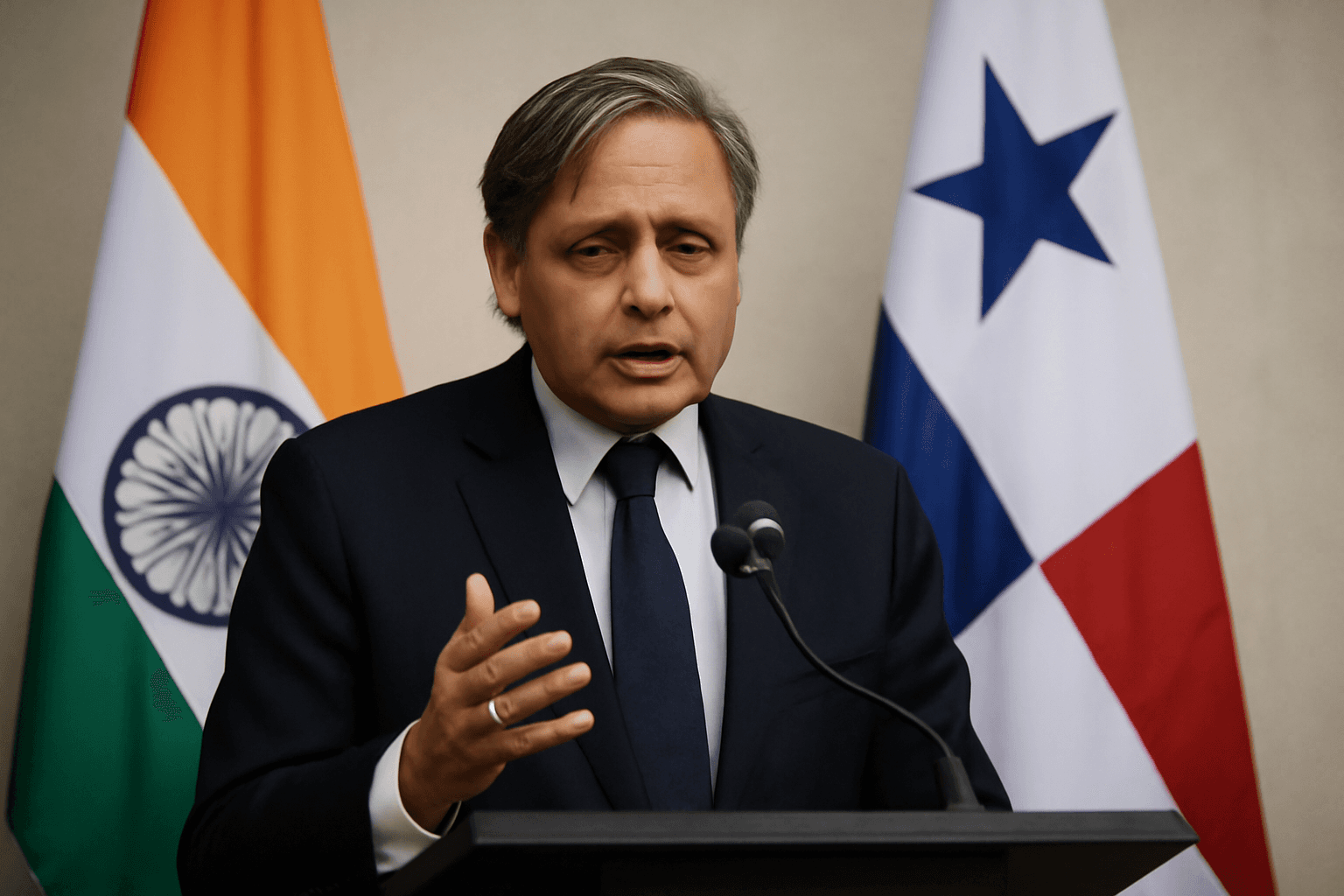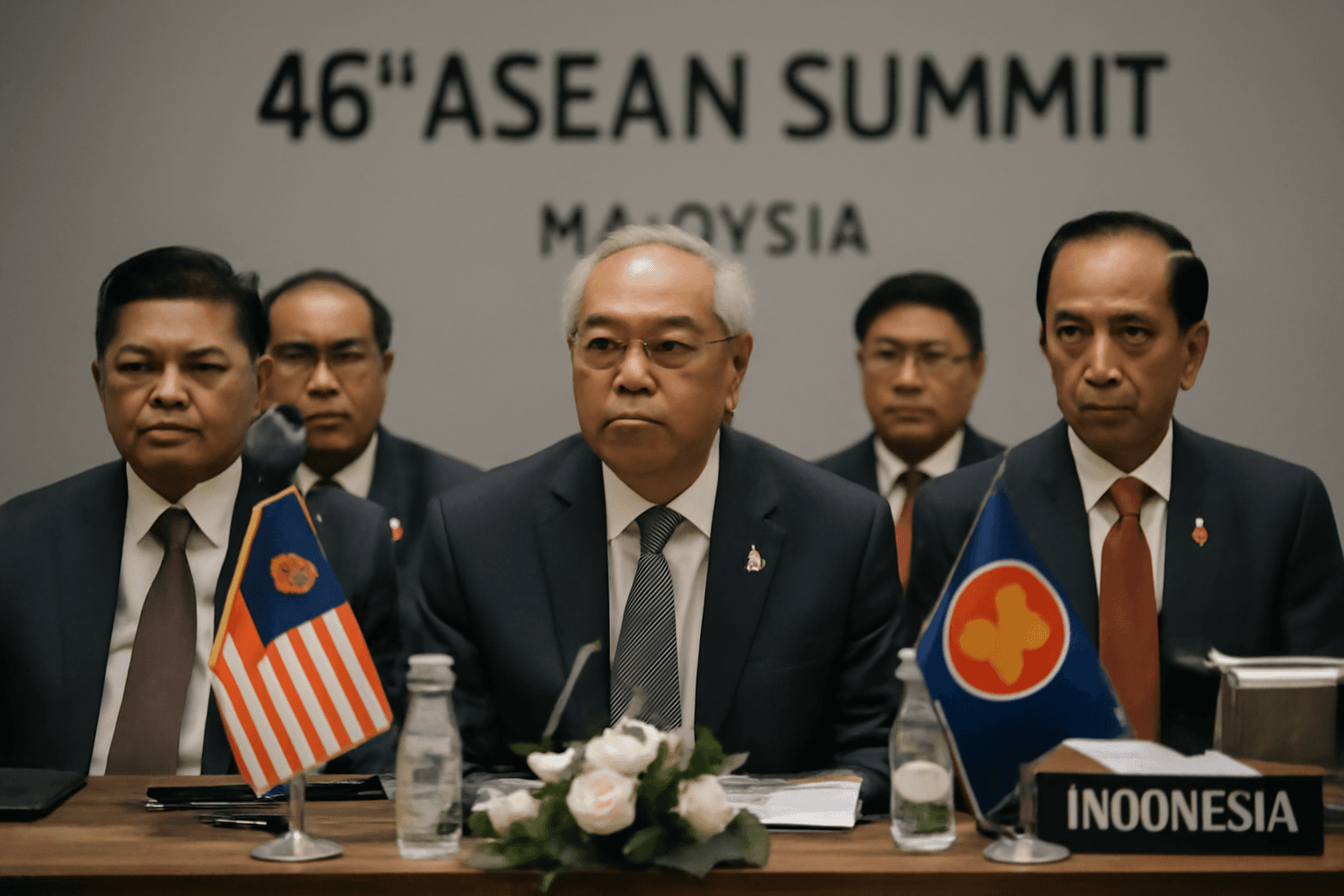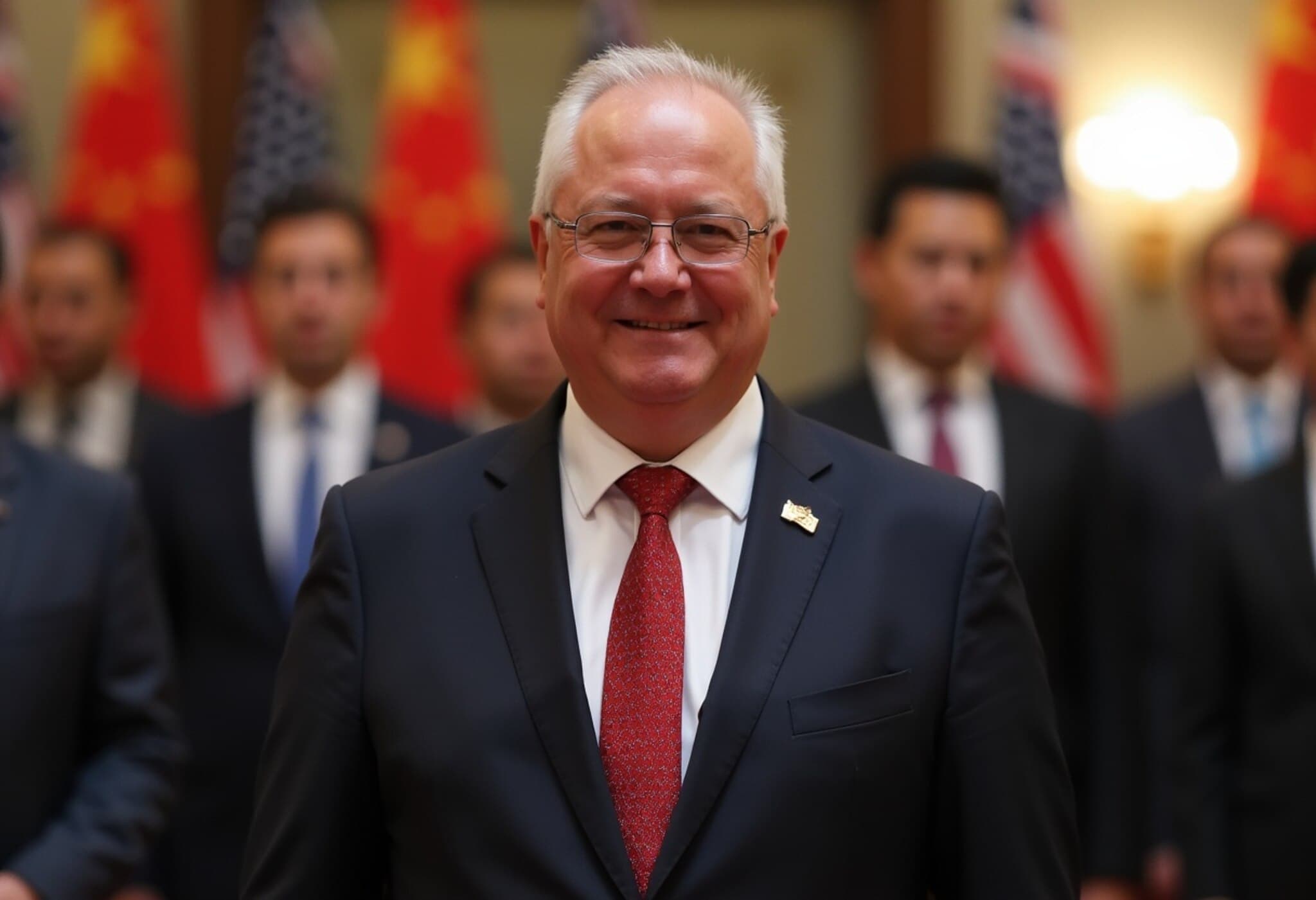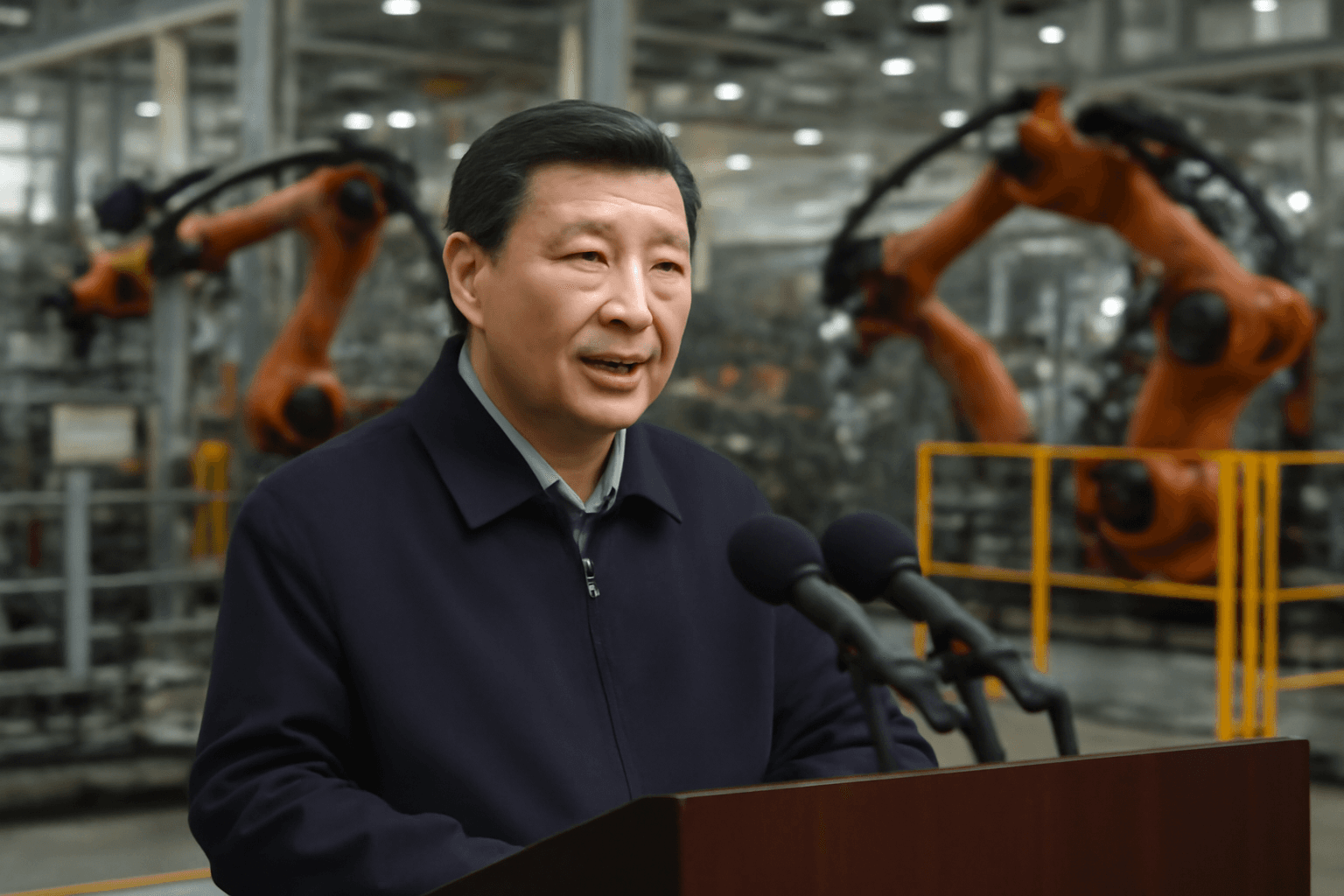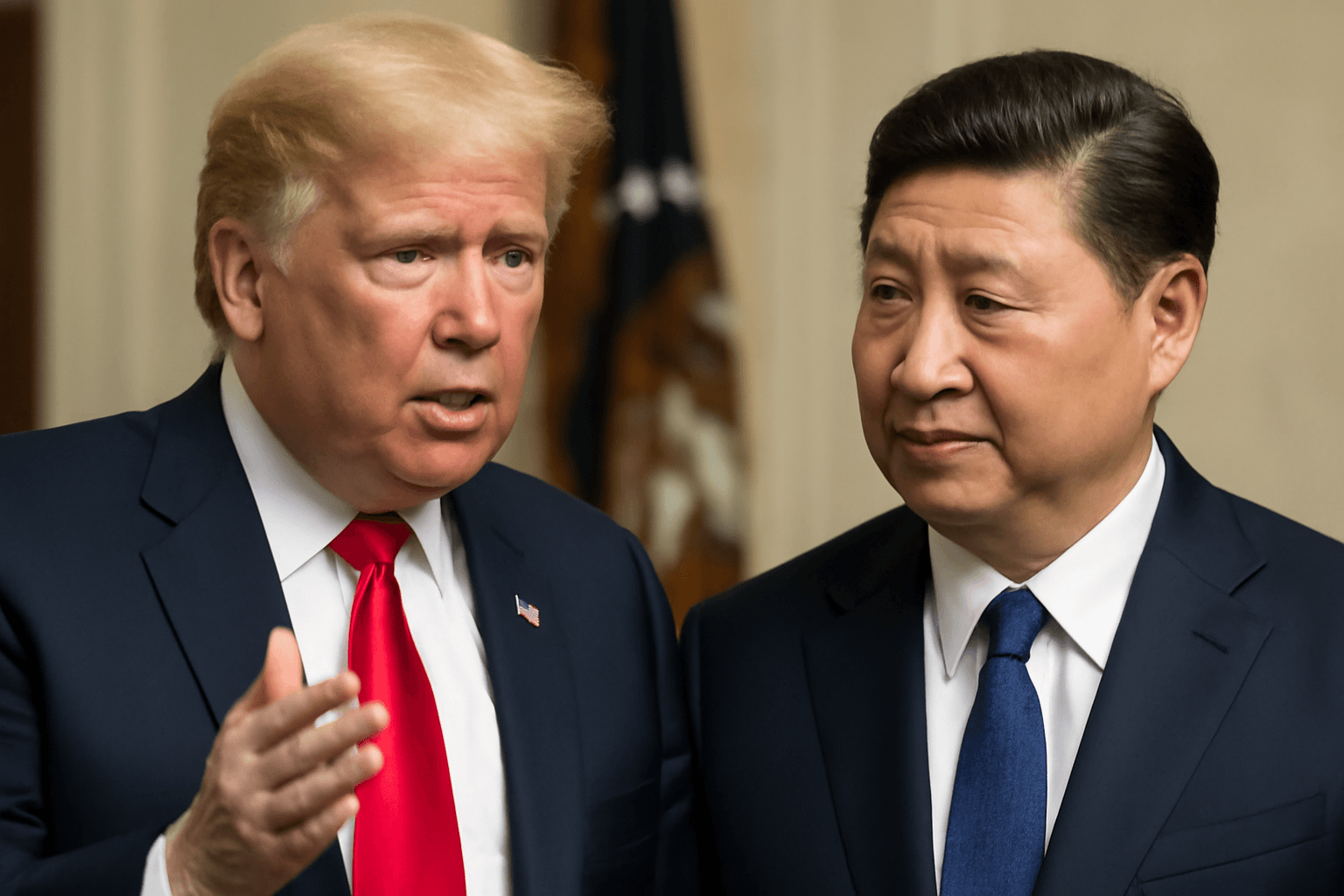Albanese's Landmark Meeting with Xi Jinping Marks a Diplomatic Milestone
On July 15, 2025, Australian Prime Minister Anthony Albanese held a pivotal face-to-face meeting with Chinese President Xi Jinping in Beijing. This high-level engagement signals a significant chapter in the ongoing efforts to recalibrate Australia-China relations amidst a complex geopolitical landscape.
Context Behind the Meeting
Relations between Australia and China have experienced turbulence over the past few years, marked by trade tensions, strategic rivalry, and global power dynamics. The Australian government’s decision to engage directly with Beijing symbolizes a pragmatic move towards stabilizing ties, expanding economic cooperation, and addressing bilateral challenges.
- Trade Recovery: Following several rounds of trade restrictions and tariffs, both nations expressed interest in restoring and diversifying trade channels.
- Strategic Dialogue: The leaders explored frameworks to navigate regional security concerns, including cooperation on climate change and Indo-Pacific stability.
- People-to-People Exchanges: An emphasis was placed on fostering stronger cultural and educational links, essential for long-term goodwill.
Expert Analysis: What This Means for Australia
Dr. Emily Chen, a senior policy analyst specializing in Asia-Pacific affairs, notes, “This meeting is a balancing act. Prime Minister Albanese is signaling that Australia is open to dialogue without compromising its core values and strategic partnerships, particularly with the US.”
From an economic perspective, Australia stands to benefit by regaining market access to China, which remains its largest trading partner. However, experts caution that these gestures must be accompanied by transparent policy coordination and safeguards to maintain sovereignty and national security.
The U.S. Factor and Regional Implications
The Australia-China rapprochement unfolds against the backdrop of intensifying U.S.-China rivalry. Washington’s Indo-Pacific strategy continues to shape Canberra’s foreign policy recalibrations. Observers suggest Albanese’s engagement with Xi is also a message about Australia’s diplomatic autonomy and its intent to be an active, rather than reactive, regional player.
What Comes Next?
Both governments agreed to establish joint working groups focusing on trade facilitation, scientific research collaboration, and environmental initiatives. They also committed to convene regular bilateral dialogues to ensure sustained communication.
While the outcomes of this meeting will unfold over the coming months, it undeniably sets a tone of cautious optimism amidst global uncertainty.
Editor's Note
Prime Minister Albanese's meeting with President Xi Jinping is more than a diplomatic formality—it’s a strategic gesture toward redefining Australia’s role in a rapidly changing Asia-Pacific. While economic interests drive normalization, the conversation also raises pressing questions about balancing trade with values, managing great power tensions, and the future of regional security cooperation.
As Australia navigates this delicate path, public engagement and transparent policymaking will be critical to harnessing opportunities while safeguarding national interests.
Stay tuned as we continue to monitor the developments and implications of this important bilateral dialogue.







